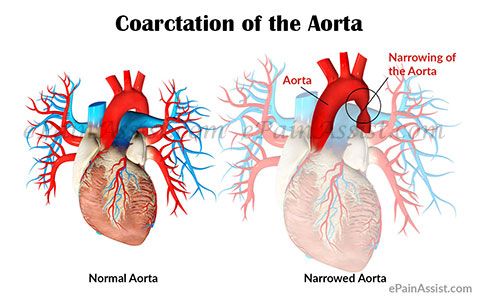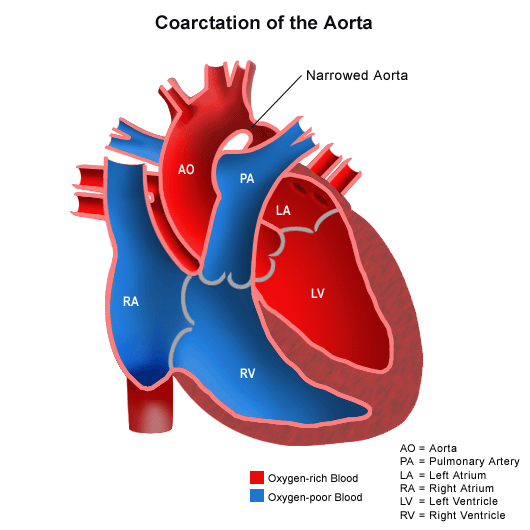
Coarctation of the Aorta or CA is a narrowing of this artery, causing a decrease of blood supply to the lower body. This narrowing may be a congenital deformity and can often be fixed with balloon insertion and sometimes even surgery. For those that have tried all of these methods, you know that they do not always work and have finally decided to try something different – a natural treatment to reduce the severity of your symptoms.
There are many symptoms associated with the narrowing of your arteries, including pain in your chest, swelling in the legs and abdomen, and even a feeling of pressure in your chest. The pain may be caused by pressure in the neck area as well as problems with swallowing or breathing.
There is no cure for this condition, but there are several ways to control the symptoms and to ease your symptoms when they occur. When you start experiencing symptoms, you should avoid exerting yourself too much and avoid heavy lifting. It is best to take it easy when you first start to feel a little discomfort. You need to avoid alcohol or drugs because they will only make your symptoms worse. Taking care of yourself physically is going to be the best way to reduce your symptoms and the damage to your heart.
If you find that you are experiencing a symptom such as a heart attack, angina, or chest pain, it may be a sign of other medical conditions such as heart failure, aortic stenosis, or a coronary artery disease. If this is the case, you should consult with your doctor for a thorough check up. If you are experiencing any signs of a more serious problem such as a tumor or a heart attack, you should seek immediate medical attention.
There are two types of this condition: congenital and acquired. In congenital coarctation, the arteries do not close properly and continue to open over time. In acquired coarctation, the arteries begin to narrow immediately after birth and cause the blood vessels to constrict after the baby is born.

To control your symptoms, you can take medications that reduce inflammation and relax your muscles
These may include anti-inflammatory drugs such as ibuprofen and aspirin, which help relieve some of your symptoms, such as chest pain.
Ginkgo biloba, licorice, dandelion root, ginkgo biloba, and fennel may also be helpful. They can help improve circulation and strengthen the heart muscle. Herbs such as burdock, horsetail, and fenugreek can be taken to stimulate blood flow and increase oxygen flow to the affected area. All of these herbs are effective in treating the symptoms of this condition.
It is important to note that if you already have a condition such as hypertension, diabetes, heart disease, or even atherosclerosis, you will have an increased risk of developing coarctation of the aorta. Talk to your doctor about taking antihypertensive or anticoagulant medications. If you are obese or high blood pressure, you should lose weight and eat right to improve your overall health and heart health.
Exercise is another good way to improve your overall health and wellness. Walking and even swimming can benefit the heart and help with this condition. You can also try yoga.
Your doctor may recommend physical therapy. This can include treadmill walking, stationary bike, and swimming. It can also involve doing aerobic exercise on a regular basis such as jogging or cycling. If you experience chest pain, there are times when you can try electrocardiogenic stimulation with electrodes to help improve circulation.
While the symptoms of Coarctation of the Aorta may seem like a lot of work, it is important to remember that it is a very common heart condition and there is no need to worry. You should talk to your doctor so you can get the treatment you need.